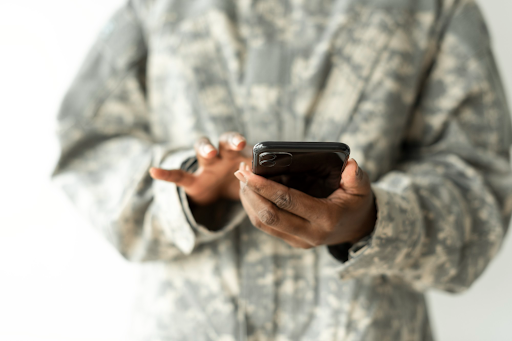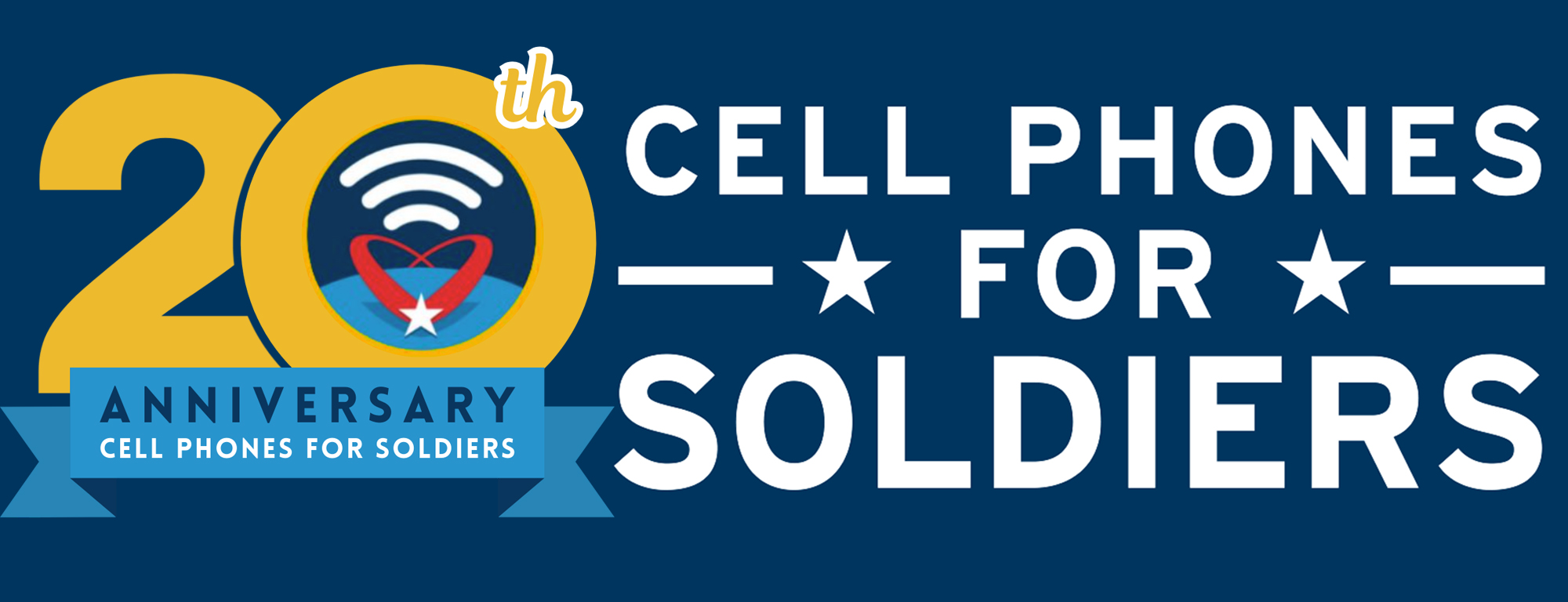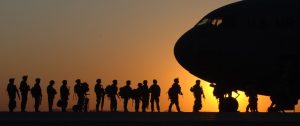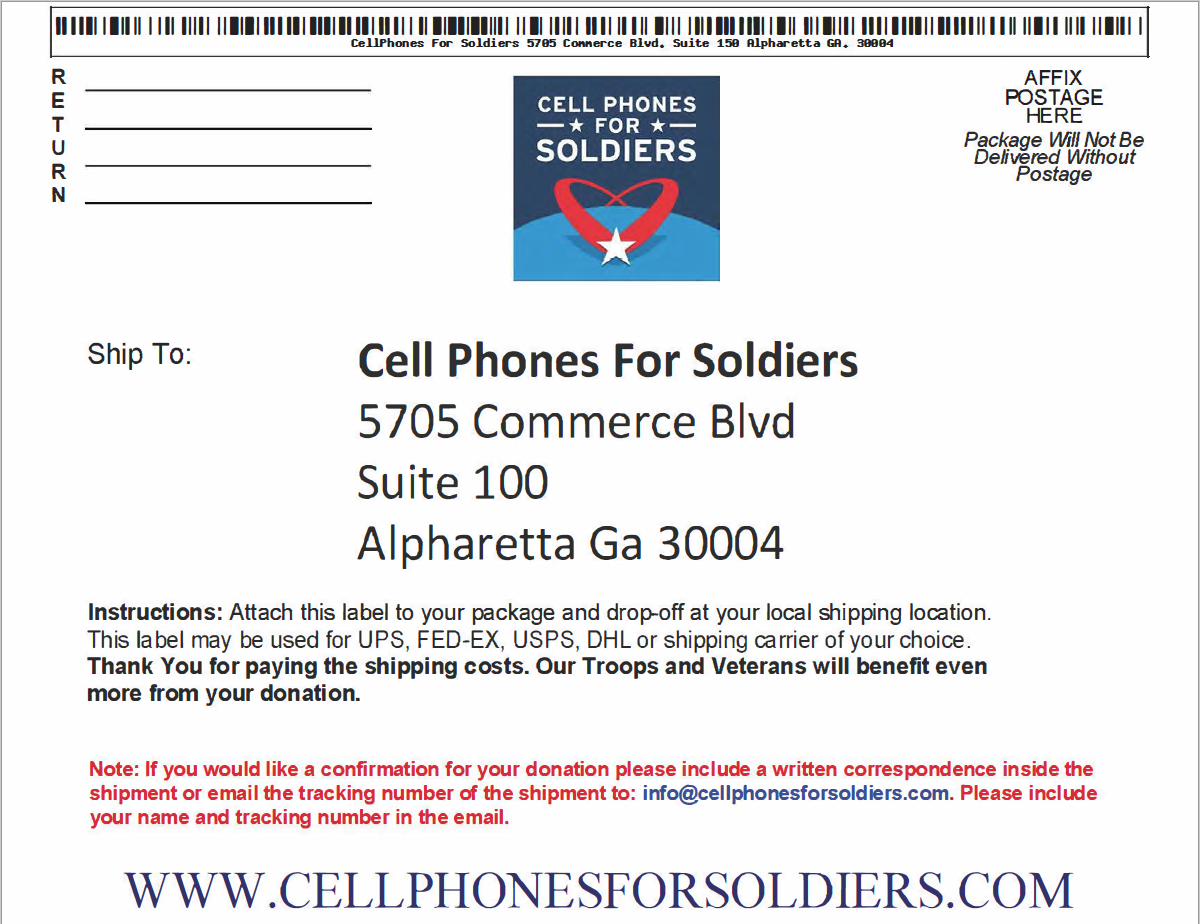The reality of military deployment brings a unique set of challenges, with communication barriers often standing at the forefront. For those in the service, being deployed is not just about being physically distant; it’s about navigating time zones, operational security, and often limited opportunities to connect with loved ones.
On the other side, families at home face a daily reality tinged with worry and longing, making every moment of connection invaluable. In this complex situation of distance and duty, the ability to stay connected becomes more than a convenience—it transforms into a lifeline, a vital thread that binds the hearts of military families across miles and silence.
Understanding Military Deployment
For active duty service members, deployment is a time of heightened duty, where their training and resilience are put to the test in environments that are often challenging and unpredictable. Back home, families adapt to a new rhythm of life, one that often includes managing household responsibilities single-handedly and dealing with the emotional toll of having a loved one in harm’s way.
This period is a relentless cycle of waiting, hoping, and finding strength in the brief moments of connection, whether through a hurried phone call, a cherished letter, or a much-awaited video chat. These moments of contact are not just routine check-ins; they are the lifelines that sustain both the active duty member and their family, providing comfort, reassurance, and the strength to persevere through the days of deployment.
What Is Military Deployment?
Military deployment refers to the period when military personnel are sent to specific locations to carry out missions critical to national security and international peacekeeping efforts. These deployments can range from humanitarian aid missions to combat operations, each with its distinct objectives and challenges. The essence of military deployment lies in its profound impact: it’s a time when service members put their training into action, often in demanding and hazardous environments.
How Long Are Military Deployments?
The duration of military deployments can vary widely, influenced by the nature of the mission, strategic objectives, and the operational demands of the location. Generally, deployments can be categorized into short-term and long-term assignments, each serving different purposes. Short-term deployments, often lasting a few weeks to several months, are typically focused on specific, immediate objectives. These can include humanitarian aid efforts, disaster response, or targeted military operations.
On the other hand, long-term deployments can extend from several months to over a year, involving more sustained operations such as peacekeeping missions, extended combat operations, or ongoing strategic presence in certain regions. Factors such as mission objectives, geographic locations, and the complexities of the operational environment play a crucial role in determining the length of a deployment.
How To Contact Military Personnel In Deployment?

Staying in touch with military personnel during deployment is crucial, not just for emotional support but also for ensuring that communication lines remain clear and secure. There are several ways families can maintain contact with their loved ones serving overseas:
Official Channels of Communication
The most reliable method to reach someone in active service members is through the official communication channels provided by their military branch. This includes authorized military email accounts and contacting the public relations office of their unit.
Care Packages
Sending care packages is a heartfelt way to show support and stay connected. These packages can include small gifts, personal items, or things they might need or enjoy. It’s a tangible expression of love and care that can brighten a service member’s day.
Letters
In the age of digital communication, traditional handwritten letters hold a special charm. They can be a deeply personal and meaningful way to communicate during deployment.
In addition to these methods, International Military Calling Cards play a vital role in bridging the communication gap. These calling cards enable active duty military members on deployment to contact their families, providing a much-needed connection to home. Cell Phones For Soldiers, through Our Programs, help to facilitate communication between active duty service members and their families.
Deployment Resources For Families
Fortunately, there are numerous organizations and platforms dedicated to providing assistance for the families of our warriors. These resources range from counseling services and support groups to online communities, all designed to offer guidance, comfort, and a sense of community during these trying times:
Military OneSource
This platform provides access to publications, webinars, counseling services, and a wealth of downloadable resources, all aimed at easing the adjustment to deployment life. Whether it’s seeking advice on managing day-to-day challenges or finding emotional support, Military OneSource is equipped to assist families through every stage of the deployment cycle.
Operation We Are Here
From practical advice and support groups to an extensive collection of books and devotionals, the site offers something for every aspect of military family life. Whether you’re looking for ways to explain deployment to children, seeking emotional support, or simply need a platform to connect with others in similar situations, Operation We Are Here provides a supportive and understanding community.
Sesame Street for Military Families
This resource offers a comforting blend of multimedia tools designed to help children understand and cope with the complexities of military deployments. Through engaging videos, interactive games, and educational activities, it provides age-appropriate explanations and support, helping young minds navigate the emotional landscape of having a parent deployed. This platform not only aids in the emotional well-being of children but also serves as a valuable guide for parents looking to support their kids during these challenging times.
Deployment Health & Family Readiness Library
Managed by the Center for Deployment Psychology, the Deployment Health & Family Readiness Library is an invaluable resource for families dealing with the stress and challenges of deployment. This library offers a wide range of materials, including educational content, research papers, and practical guides, all aimed at supporting the mental and emotional health of military families.
Homefront United Network
The Homefront United Network is an online community dedicated to supporting military families during deployments. This platform offers a space for families to connect, share experiences, and find mutual support. With a variety of forums, insightful articles, and practical resources, it addresses the diverse needs of military families.
How To Support Deployed Active Duty Service Members & Their Families
Supporting our troops and their families, especially during deployments, is a noble and impactful way to show gratitude for their service and sacrifice. One effective way to contribute is through Cell Phones For Soldiers, which is dedicated to providing communication resources to deployed active duty service members and veterans. Each donation, whether it’s a recycled device, financial support, or volunteer time, plays a significant role in enhancing the lives of military members and their families. Here’s how you can get involved:
Donate Through Recycling
Cell Phones For Soldiers invites you to donate your old cell phones and tablets, which are then recycled. The proceeds from this recycling program are used to purchase international calling cards for troops and provide emergency financial assistance to veterans. By simply donating your unused devices, you can help keep military families connected, bridging the distance that deployment creates.
Make a Monetary Donation
Monetary donations are a direct and effective way to support the mission of Cell Phones For Soldiers. Your financial contributions are used to fund the organization’s key programs, including purchasing calling cards and providing support to veterans in need. Donating is easy and can be done through PayPal, ensuring a secure and convenient way to contribute.
Volunteer
Volunteering with Cell Phones For Soldiers is another impactful way to support our troops. There are various ways to get involved, from organizing local collection drives for old cell phones and tablets to becoming a drop-off location or participating in the Student Ambassador Program. Volunteering not only supports the troops but also fosters community involvement and awareness of the challenges faced by military families.
Each of these donation options offers a unique way to contribute to the well-being of our troops and their families. Whether through recycling old devices, making a financial contribution, or volunteering your time, your support makes a real difference in the lives of those who serve our country.




